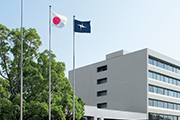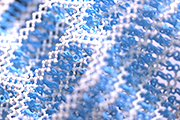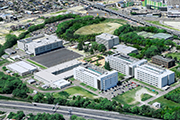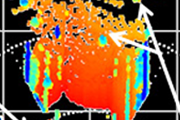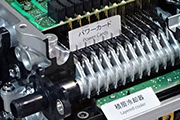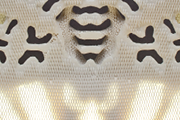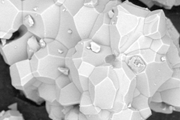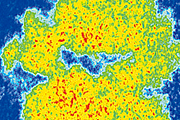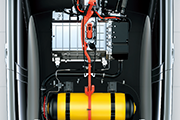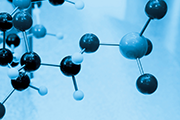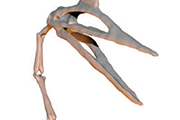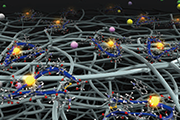Novel guideline for performance-optimized design of fuel cell
catalyst layers derived from small-angle neutron scattering
A study conducted by Masashi Harada et al. in collaboration with the Comprehensive Research Organization of Science and Society (CROSS) and the Japan Atomic Energy Agency was published in the ACS Applied Materials & Interfaces.
In a power-generating polymer electrolyte fuel cell (PEFC), catalyst layers are reaction centers where protons are transported through an ionomer, a polymer electrolyte. The proton conduction path substantially influences the power generation efficiency of PEFC, thus requiring the optimization of ionomer distribution within these catalyst layers. While electron microscopy allows for the observation of ionomer distribution, its restricted field of view hampers the ability to identify the average structural disposition accurately. Addressing this limitation, we employed the small-angle neutron scattering technique in our experiments at Japan Proton Accelerator Research Complex and successfully realized a descriptor for ionomer distribution relevant to proton conductivity. Furthermore, using this novel descriptor, we developed a proton conductivity model to optimize ionomer distribution within a catalyst layer for enhanced PEFC performance.
Title: Equation Elucidating the Catalyst-layer Proton Conductivity in a Polymer Electrolyte Fuel Cell Based on the Ionomer Distribution Determined Using Small-angle Neutron Scattering
Authors: Harada, M., Kadoura, H., Takata, S., Iwase, H., Kajiya, S., Suzuki, T., Hasegawa, N., Shinohara, A., Kato, S.
Journal Name: ACS Applied Materials & Interfaces
Published: August 31, 2023
https://doi.org/10.1021/acsami.3c08432















